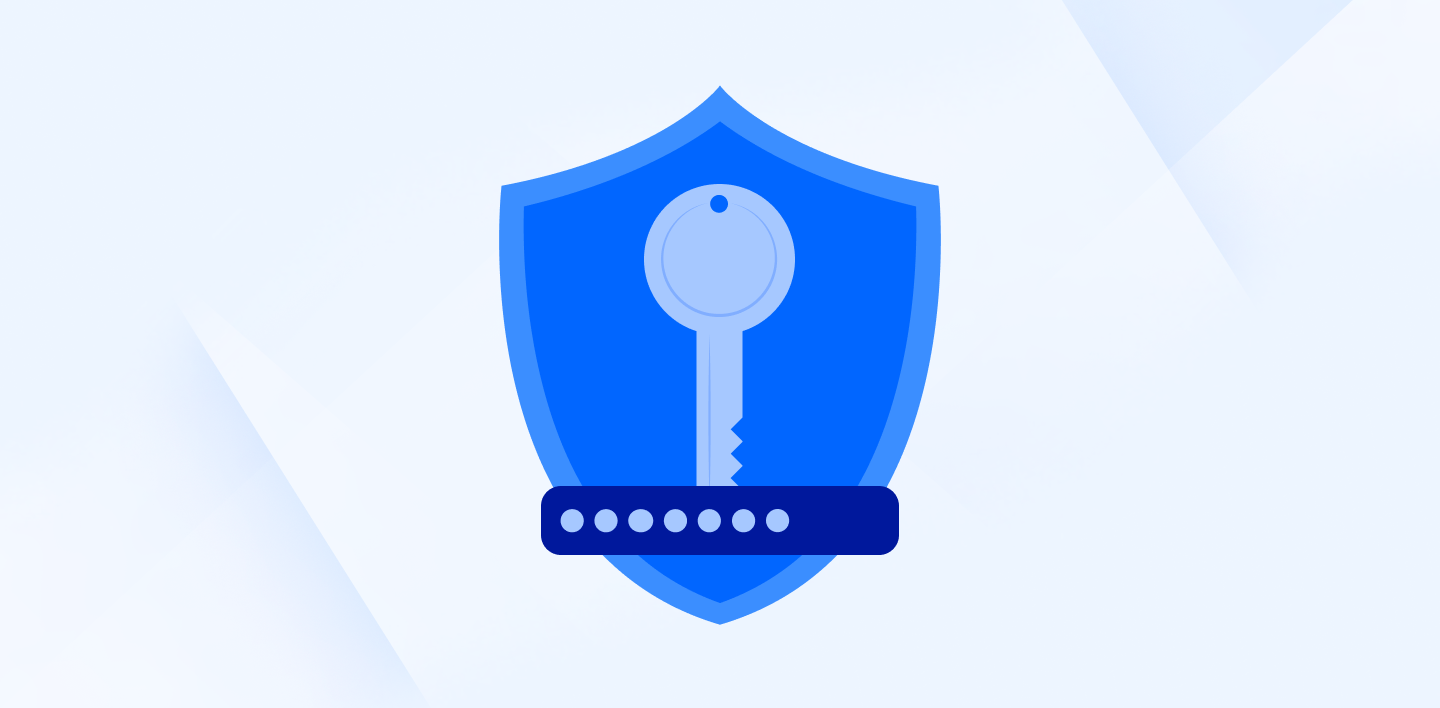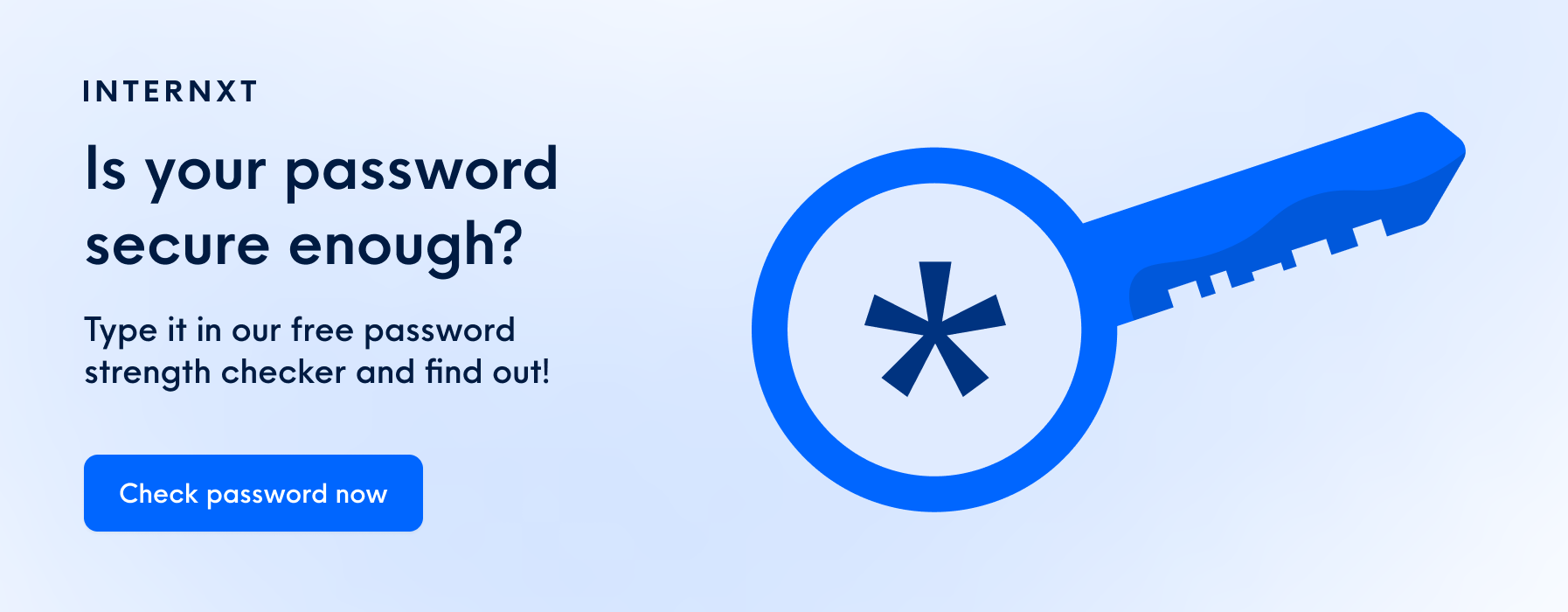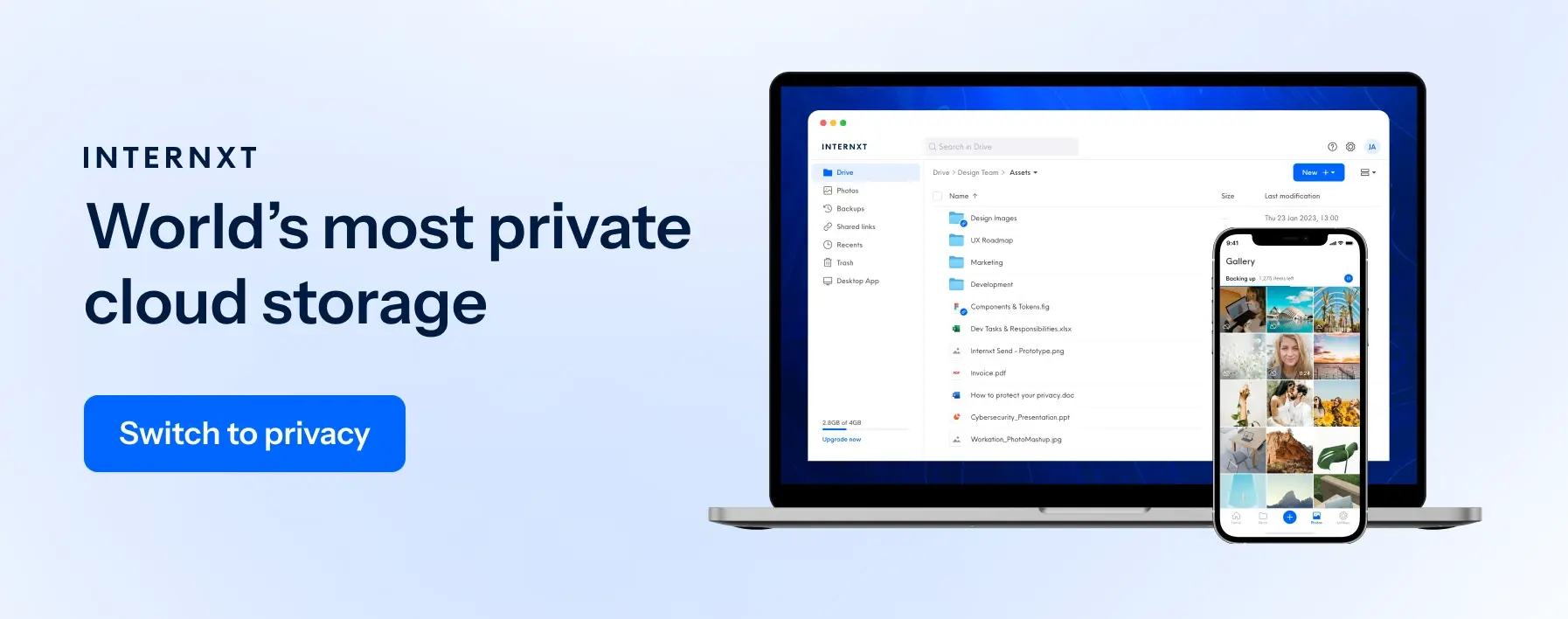What Is Privileged Access Management and How Can It Help Your Business

Does your company have secret intel that only a few employees can handle? Do you lose sleep over the thought of sneaky hackers getting their grubby little paws on your precious data? Don't take any chances with your business! Level up your security game with privileged access management and keep those cyber threats at bay.
Privileged access refers to the rights of specific users, such as IT administrators or executives, to access files, critical systems, or sensitive data. However, this level of business access can also pose a significant security risk if left unmanaged or improperly monitored. As cyber threats continue to grow, businesses need to be proactive in securing their data and systems.
This article will explore what privileged access management is and how it can advantage your organization. We will discuss the importance of controlling privileged access, the risks associated with unmanaged privileged access, and how PAM solutions can help mitigate these risks.
By the end, you will better understand PAM and how it can help protect your business from cyber threats.
Privileged Access Management: An Introduction
Let's not dive headfirst into the deep end of privileged identity management. Let us start with the basics: understanding the basics of privilege.
What are privileges?
Privileges are permissions or access-sensitive levels granted to users within a system or network. These privileges determine what a user can and cannot do within a system, such as:
- Accessing specific files or applications,
- Modifying settings or configurations, or
- Making changes to user accounts.
Types of privileges
1. Administrative privileges
Granted to users responsible for maintaining and managing the system, such as IT administrators, network engineers, or database administrators.
2. Root privileges
Granted to users with complete access to systems, including system files, directories, and hardware devices for installing new software, modifying system settings, and managing system services.
3. Database privileges
Granted to users depending on their level of authority to perform tasks such as creating, modifying, or deleting databases, tables, or records.
4. Network privileges
Granted users access to routers, firewalls, and switch systems to configure network settings, monitor network traffic, and manage network security.
5. Application Privileges
Granted to users to install or uninstall software, modify application settings, or access permissions for specific features of an application.
In simple words, imagine a manager who has higher privileges than a regular employee. The manager's privilege enables them to access confidential information or sensitive systems.
But here's a catch: Managing these privileges is complex and time-consuming, especially in larger organizations with multiple users and systems. At this point, privileged access management (PAM) kicks in.
What Is Privileged Access Management?
Privileged Access Management (PAM) is a security solution that provides controlled and secured access to systems, applications, and data.
A PAM's primary mission is to manage and monitor privileged access to critical information to reduce security risks.
In essence, PAM is about controlling and protecting the privileged accounts in an organization.
The privileged accounts typically have elevated levels of permissions, such as those belonging to system administrators, network engineers, and database administrators.
Privileged Access Management Working Mechanism
PAM works by centralizing the management and auditing of privileged accounts across the organization.
It allows administrators to set policies and controls that limit access requests to sensitive systems only to users with a legitimate need to know. For this, PAM implements a least privilege approach, where users have the minimum liberty required to perform their jobs.
Most PAM solutions also provide session monitoring and recording capabilities. This solution lets administrators track and audit all privileged access activities in real time.
Any suspicious activities can be quickly identified, investigated, and remediated before they can do any significant damage.

Privileged Accounts Becoming Growing Target of Cyber Attacks
Privileged accounts are becoming a growing target of cyberattacks.
According to a recent report by Centrify, 74% of all data breaches involve security controls on privileged accounts.
This event happens because criminal hackers see these accounts as the kingdom's keys, providing unrestricted access to an organization's sensitive data, systems, and applications.
And once criminal hackers have privileged account access, they can:
- Move laterally across the network,
- Gather additional credentials,
- Escalate privileges, and
- Gain privileged account access to critical systems and data.
Another study by CyberArk revealed that privileged accounts were involved in almost all successful cyberattacks in 2019. The study also found that attackers increasingly target cloud infrastructure and DevOps environments, where privileged accounts are prevalent.
The consequences of a privileged account breach can be severe, leading to:
- Data loss,
- Operational disruptions, and
- Financial damages.
According to a 2020 survey by the Ponemon Institute, the average cost of a security breach involving privileged access is $4.8 million.
So, organizations that fail to implement robust PAM solutions are at high risk of costly data breaches, damage to their reputation, and regulatory fines. Due to this floating risk, incorporating PAM solutions in organizations deems necessary in 2023 more than ever!
The Advantages of Utilizing PAM Solutions
Here are some critical advantages of using PAM solutions:
1. Enhanced security
PAM solutions enhance an organization's security by protecting privileged accounts against internal and external cyber threats. PAM can identify and prevent unauthorized control and suspicious actions in real time by controlling and monitoring privileged activity.
2. Compliance with regulatory requirements
PAM solutions help organizations comply with regulatory frameworks such as PCI-DSS, HIPAA, and GDPR. The PAM ensures the management, monitoring, and auditing of privileged credentials. PAM solutions provide detailed logging and reporting of privileged activity to demonstrate compliance with regulatory requirements.
3. Improved operational efficiency
PAM solutions automate many routine privileged access management tasks, such as granting and revoking credentials, performing password resets, and processing access requests. This automation helps reduce the workload of IT staff, saving time and resources while improving operational efficiency.
4. Reduced risk of internal threats
PAM solutions provide granular control over privileged credentials, preventing internal employees with malicious intent from gaining unauthorized administrative rights to sensitive data or systems. PAM solutions can significantly reduce the risk of internal threats by limiting control to only authorized personnel and monitoring all privileged activity.
5. Simplified management of privileged accounts
PAM solutions provide a centralized platform for managing and monitoring all privileged accounts, including tracking who has permission to what resources, when they accessed them, and what actions they performed. This simplified management helps ensure all secret accounts are secured and audited correctly.
Exploring the Role of Privileged Access Management Solutions in Preventing Cybersecurity Incidents
Privileged Access Management (PAM) solutions help prevent cybersecurity incidents by controlling and monitoring the activities of privileged users. These solutions enforce well-defined policies that limit control to sensitive resources, such as server consoles, network devices, databases, and applications.
PAM solutions employ several techniques to stop cyber threats, such as the following:
1. RBAC (Role-based access control)
PAM solutions provide granular access control mechanisms that restrict privileged users' access to specific resources based on their roles and responsibilities. This feature ensures that users only have access to the resources they need to do their job and nothing more.
2. Session recording
PAM solutions monitor privileged users' keystrokes, commands, and actions during a session. Any anomalies or suspicious activities can be detected and investigated with this feature.
3. Password management
The PAM solution enforces strong password policies and automatically generates complex passwords. This feature helps to prevent password-based attacks, such as brute-force attacks.
4. Multi-factor authentication
PAM solutions require users to authenticate with multiple factors, such as passwords, fingerprints, or smart cards. If a password is compromised, this feature prevents unauthorized entry.
5. Privileged user monitoring
A PAM solution monitors privileged user activities in real time and generates alerts when suspicious or unauthorized activities occur. It identifies potential security breaches and prevents insider threats.
6) Privileged user analytics
The PAM solution analyzes user activities and detects patterns that may indicate potential security threats using machine learning algorithms. In this way, security teams can respond quickly to security incidents and prevent cyberattacks.

Constructing a PAM Strategy for Your Business
Constructing a privileged access management (PAM) strategy for your business is essential to securing your organization's valuable assets. PAM solution enables you to manage, control, and monitor privileged access to critical applications, data, and systems.
Here are the steps to constructing a successful PAM strategy:
1. Identify your privileged accounts
First, you must identify privileged accounts and assets within your organization. This identification includes administrator, root, service, and database accounts.
2. Assess risks
Next, assess your organization's risk profile and determine which accounts and assets are most critical to your business.
3. Define standard user policies
After identifying and assessing risks, you need to create administrative access policies that define who should have control of privileged credentials and under what conditions.
4. Implement a PAM solution
Once the entry policies are defined, you must implement a PAM solution. This solution should provide automated workflows, centralized control, and comprehensive monitoring capabilities.
5. Train employees
To ensure the success of your PAM strategy, you must educate your employees on the importance of privileged access management and how to use the PAM solution effectively.
6. Evaluate and update
Finally, you need to evaluate your PAM strategy periodically to ensure it meets the changing needs of your business. Update your strategy as necessary to stay ahead of emerging threats and vulnerabilities.
Future Trends and Developments in Privileged Access Management
Privileged account management is poised to become a critical aspect of cybersecurity in the coming years. With the proliferation of cloud-based systems and the increasing complexity of networks, the need for robust PAM solutions will grow.
Here are some key trends and developments that we can expect to see in this area in 2023 or 2024:
Greater emphasis on automation
As networks become more complex and the number of privileged user accounts grows, it will become increasingly challenging for IT teams to manage manual entry. In response, we expect more PAM solutions that rely on automation to streamline the process.
More comprehensive privileged access controls
In addition to simply managing privileged user accounts and controlling what they can do, PAM solutions must provide more granular controls over what users can do within the system. This control includes limiting privileged users' actions and enforcing policies around access.
Integration with other security solutions
PAM solutions must integrate with other security solutions to provide a comprehensive defense against cyber threats as part of a broader security strategy. This system integrates with SIEM solutions for real-time threat detection and orchestration platforms for automated incident response.
Increase the use of biometric authentication
Passwords have long been a weak point in PAM solutions. We expect more companies to use biometric authentication techniques like fingerprint or facial recognition. This feature will improve security and make the user experience more seamless.
Cloud-based PAM solutions
With more companies moving their infrastructure to the cloud, PAM solutions must adapt accordingly. We expect to see more cloud-based PAM solutions that offer the same level of security and control as traditional on-premise solutions.
PAM solutions will need to continue to evolve to maintain the speed of technological change and the growing threat of cyberattacks. By embracing automation, providing more granular access controls, integrating with other security solutions, implementing biometric authentication, and adapting to cloud-based environments, PAM vendors can ensure that their solutions remain relevant and practical.

PAM In Summary
In conclusion, "privileged access management" is not just a buzzword. It's an essential aspect of modern business security.
By implementing a strong PAM strategy, you can prevent unauthorized access to critical systems and data, minimize the risk of cyber-attacks, and ensure compliance with industry regulations.
It's time to take your business security to the next level with privileged access management. So, implement a secret account management solution before it's too late. Invest in your business's security today and enjoy the peace of knowing that your data is safe and secure!

